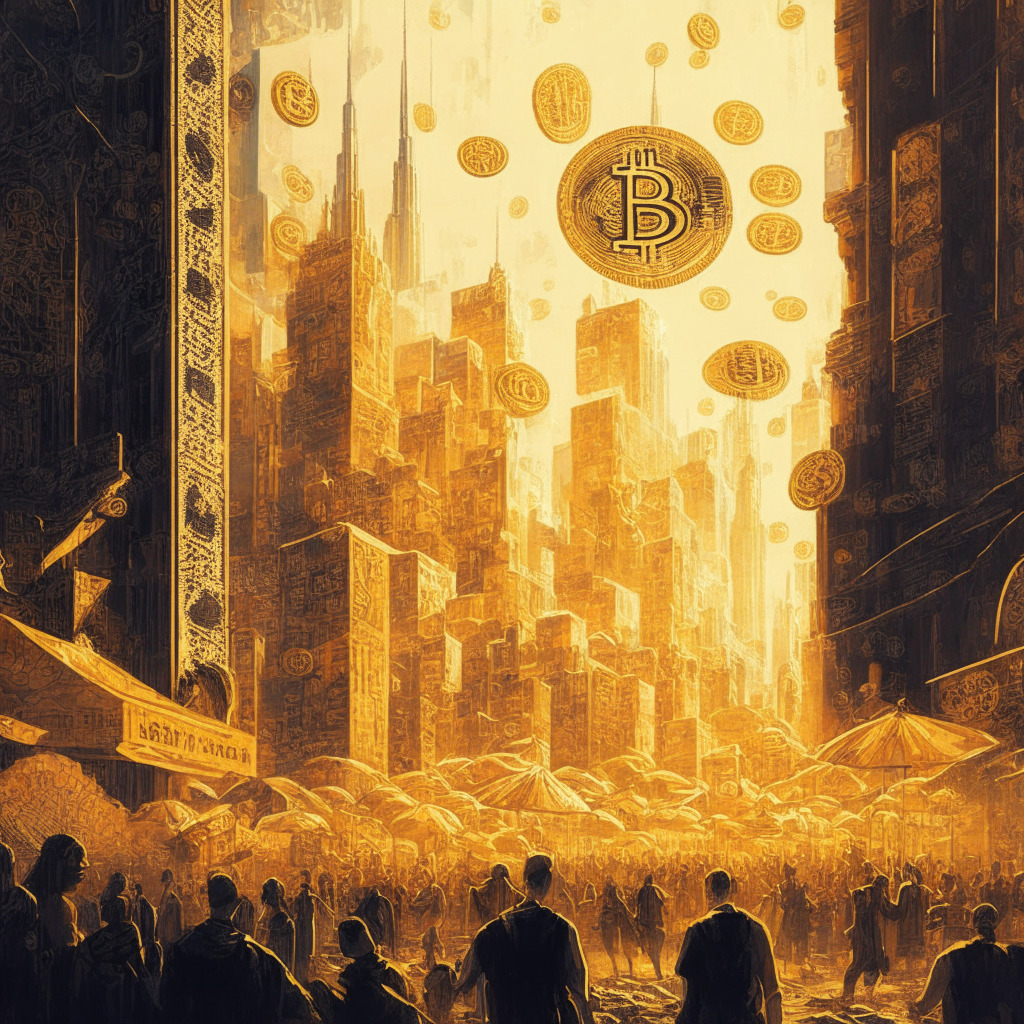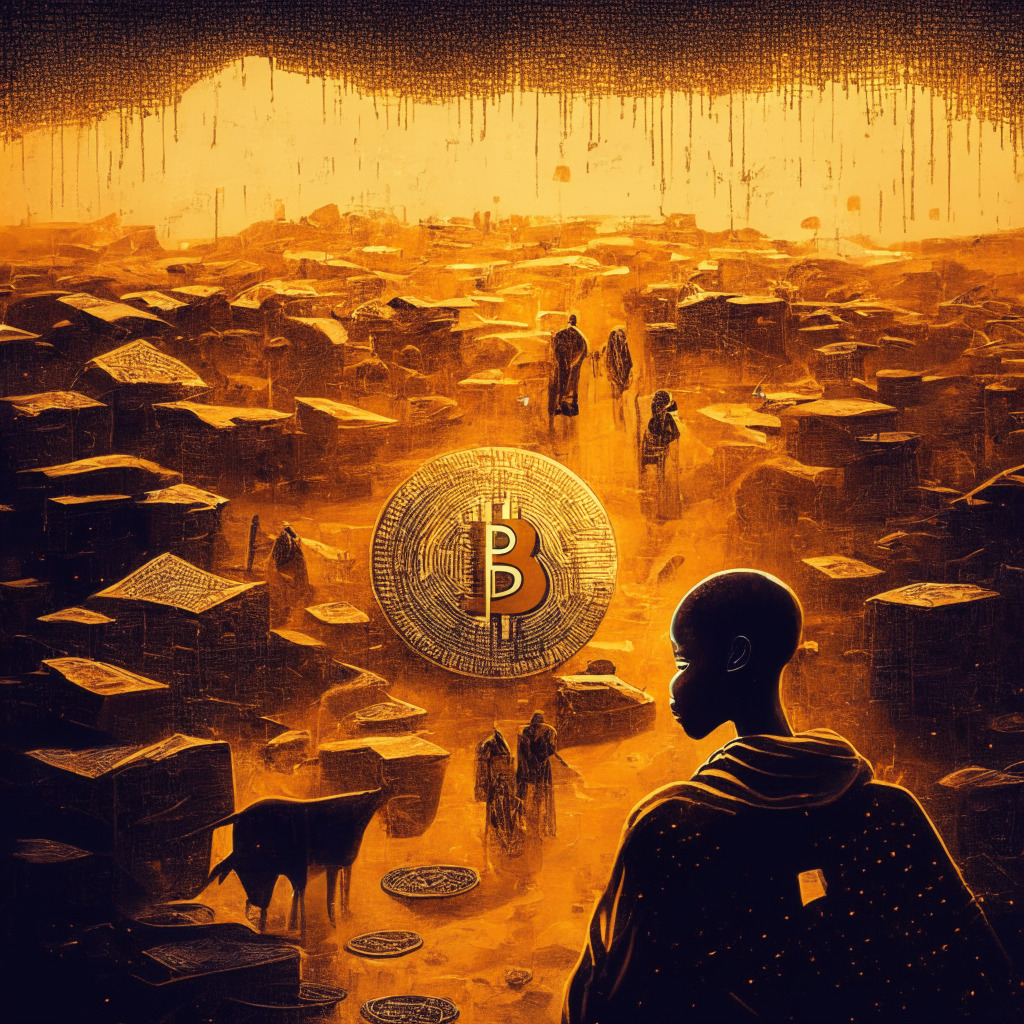The popularity of Bitcoin-based NFTs and meme tokens continues to soar, as evidenced by the fact that Ordinals inscriptions reached a staggering 9 million on Thursday, a threefold increase from May 1st, when the total number of digital artifacts on the blockchain was just over 3 million, according to public blockchain data curated by Dune. Ordinals, a protocol that enables “inscribing” things like artwork, profile pictures, and even applications and playable games onto the Bitcoin blockchain, was launched in January and quickly became a phenomenon.
Critics, however, argue that Ordinals represents a misuse of the Bitcoin blockchain and should be blocked on the network due to increasing network congestion and transaction fees. Meanwhile, other Bitcoin advocates like MicroStrategy founder Michael Saylor see the protocol as a “catalyst” for Bitcoin adoption. Saylor even spoke at the recent Bitcoin 2023 event about how MicroStrategy—the public company with the most significant Bitcoin stockpile on its balance sheet—intends to examine the possibilities of using Ordinals to launch blockchain applications.
Originally launched in January by Bitcoin developer Casey Rodamor, Bitcoin Ordinals quickly gained attention. Nevertheless, it was uncertain whether the initial buzz would endure. Yet, the BRC-20 token standard’s implementation in March, which allowed for the creation of fungible tokens (including meme tokens) on Bitcoin using the same protocol, significantly boosted Ordinals’ popularity once again.
Today, daily text-based inscriptions used to mint BRC-20 tokens greatly outnumber inscriptions for artwork and other media. The wave of BRC-20 tokens created by imaginative developers helped to drive up transaction fees on the Bitcoin network. On May 8th, the daily fees paid to create Bitcoin Ordinals reached a high of 257 BTC, or roughly $6.7 million.
Ord.io founder Leonidas, who goes by a pseudonym, explained to Decrypt that the high fees on Bitcoin are a positive sign. “It indicates strong demand for Bitcoin’s block space, which is critical for the long-term success of the protocol,” he said.
NFT marketplaces have responded to the growing interest in Ordinals. In April, Magic Eden added support for Ordinals, and Binance added support to its marketplace in May. Furthermore, the rise of NFTs and meme tokens via Ordinals has expanded beyond Bitcoin, with Ordinals being ported over to Litecoin and Dogecoin—both of which share origins in Bitcoin’s code—resulting in increased transactions on those chains as well.
Source: Decrypt




